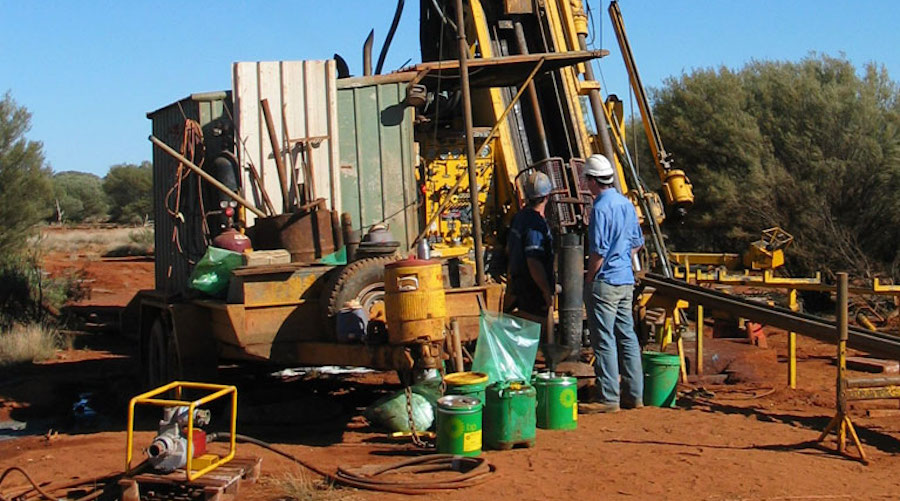
Roscan Gold (TSX-V: ROS) announced that it is moving forward with the development of its Kandiolé Project and has just started a 3,500-metre Air Core drilling program, designed to test several of the numerous gold geochemical anomalies identified at the site.
Kandiolé is 100%-owned by the Canadian miner and it is located in the gold prospective Birimian Rocks of West Mali, east of B2Gold’s Fekola mine and Iamgold’s, Boto and Diakha deposits. The mine is comprised of five permits of contiguous land occupying 271 square kilometres.
“We are excited to get on the path to unlocking the potential of the Kandiolé gold project and look forward to announcing the results of our initial drilling program as soon as we can. In addition, we expect to announce plans for a follow-up program including the testing of anomalies that were not drilled in this first pass program,” Greg Isenor, Roscan President and CEO, said in a media statement.
In the brief, Isenor explained that the drilling campaign consists of approximately 77 AC holes designed to test the full width of a series of strong gold anomalies in termite mounds with coincident gold-in-soil anomalies. There are 47 holes on the Mankouké permit and 30 holes on the Moussala Nord permit.
According to Roscan, the Mankouké property overlies a northerly-trending magnetic Siribaya structure that is interpreted to represent a regional scale thrust fault. The miner says the structure, and the corridor associated with it, hosts established resources such as Merrex Gold’s identified Siribaya resource of 303,900 ounces indicated at 2.34 g/t gold and 301,400 ounces gold inferred at 2.17 g/t gold. It also hosts new discoveries such as Oklo Resources’ Seko, where intercepts are of 4.38 g/t gold over 45 metres and Komet Resouces’ Kabaya, where intercepts are of 2.02 g/t gold over 62 metres.
At the Moussala Nord property, on the other hand, the Nova Scotia miner designed drill fences to test three anomalous gold trends. “These anomalies are well defined and appear to be associated with a strong, northeast-trending structure that is semi-parallel to, and west of, the Siribaya Structure. The three drill fences range from 225 metres to 275 metres wide with termite and soil values ranging up to 16,000 ppb gold. Two of the drill fences will cross over artisanal mining areas that are currently being mined,” the press release reads.